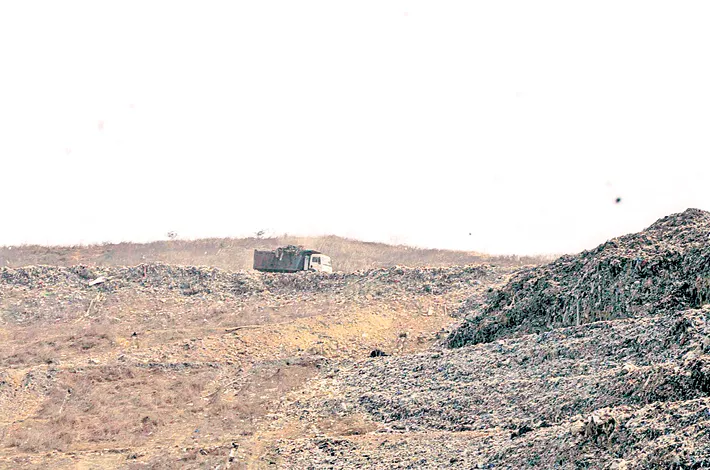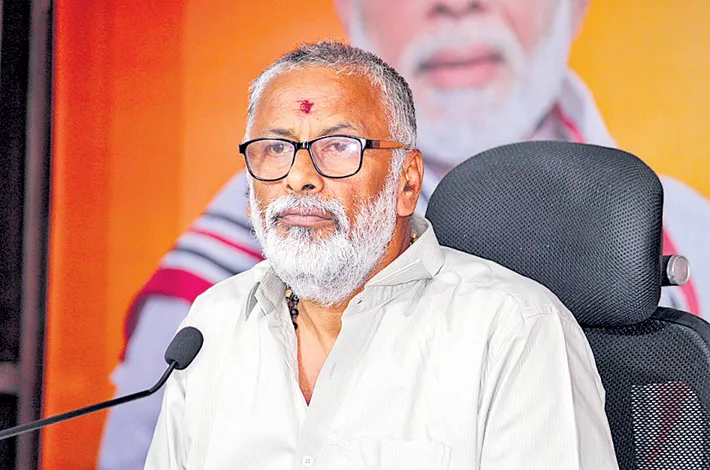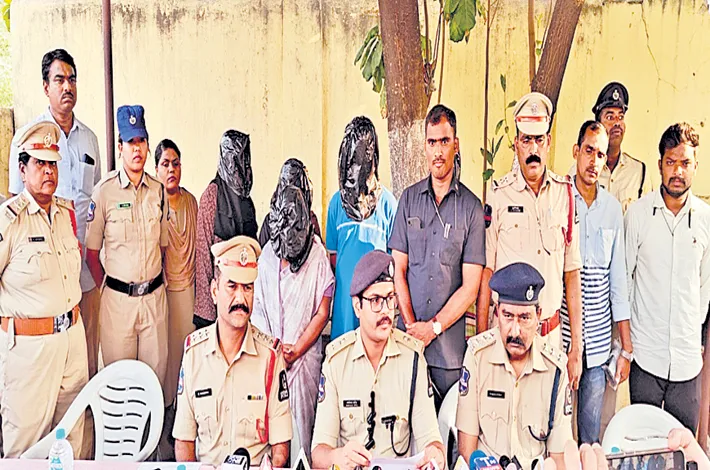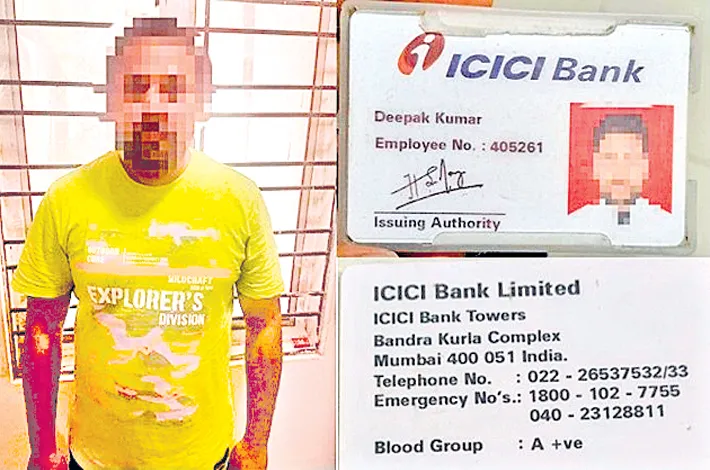NOT A GREEN SOLUTION BUT A TOXIC DISASTER
25-04-2025 12:00:00 AM

Findings of the report
- Toxic air & water: Residents suffer from severe air pollution, ash-coated homes, and groundwater contamination near the Jawaharnagar Waste-to-Energy (WTE) plant.
- Public health crisis: Increased cases of respiratory issues, kidney failure, and skin diseases reported among marginalised communities living around the plant.
- Environmental destruction: Leachate from untreated waste is polluting local ponds and agricultural fields, causing ecological collapse and crop damage.
- Violation of regulations: The plant operates at night to avoid scrutiny, lacks proper emission controls, and violates environmental buffer zone norms.
- Disproportionate impact: Marginalised communities bear the brunt of the city’s waste without producing it—highlighting deep environmental injustice.
- Call for decentralisation: The team demands a halt to WTE expansion and urges investment in community-led, decentralised waste management systems.
A joint fact-finding team comprising civil society organisations, environmental activists, and residents has issued a scathing report titled “Living in Poison”, uncovering a severe public health and environmental crisis unfolding in Jawaharnagar, on the outskirts of Hyderabad. The team has called for an immediate halt to operations of the Waste-to-Energy (WTE) plant and landfill in the area, warning that the facility is not a green solution—but a toxic disaster cloaked in the rhetoric of sustainability.
The team visited Jawaharnagar dumping yard on March 23, 2025, and documented extensive environmental violations, regulatory lapses, and widespread health impacts on the local population—mostly from marginalised communities. The WTE plant located in the dumping yard site is operated by Ramky Engineers Limited (REEL) under a concession with the GHMC, processes over 5,500 tonnes of municipal waste daily. A second 24 MW plant is under construction, despite the first already causing significant harm.
Residents, some living 7–8 km from the site, report unbearable stench, frequent respiratory distress, and homes covered in fine ash. Ash particles from the incinerator have settled on personal belongings, furniture, and water sources, suggesting that pollutant control mechanisms are either absent or not functioning. Alarming levels of contamination in local groundwater have rendered it unsafe for any use, corroborated by a recent groundwater quality test that the team got done from a noted labs.
The situation is worsened by the unregulated disposal of industrial and animal waste, illegal mixing of hazardous materials, and the release of leachate—polluted water from untreated waste—into surrounding soil and water bodies. The facility operates mostly at night, likely to avoid regulatory scrutiny, while a 60-meter stack disperses toxic emissions across residential zones.
Air and water pollution have led to a spike in chronic illnesses including kidney failure, pulmonary disease, and skin infections. With limited healthcare access, many residents are unable to seek treatment, worsening the crisis.
The team also reported ecological destruction—rocks disintegrating due to high toxicity, forests lost to the landfill, and contaminated ponds that once supported wildlife.
A toxic trail of suffering
In their Call for Justice, the team challenges the narrative that Waste-to-Energy plants are sustainable. Instead, they argue, such facilities displace environmental burdens onto poor and voiceless communities.
The report criticises the Telangana government's plan to replicate similar plants in Dindigul, Pyaranagar, Yacharam, and Bibinagar—warning of more such “Jawaharnagars” in the making.
The report highlights a systemic failure: “Those who generate the waste must take responsibility. Marginalised communities must not bear the brunt of urban excess.” It calls for the enforcement of Extended Producer Responsibility (EPR), urging industries and bulk waste generators to manage waste at the source. Decentralised, community-led waste management models—such as composting, dry waste collection centers, and zero-waste initiatives—are recommended as sustainable alternatives.
The joint fact-finding team has urged civil society, media, and concerned citizens to stand with the people of Jawaharnagar and oppose the expansion of incinerator-based waste management. Their collective demand: stop poisoning the poor in the name of progress.








